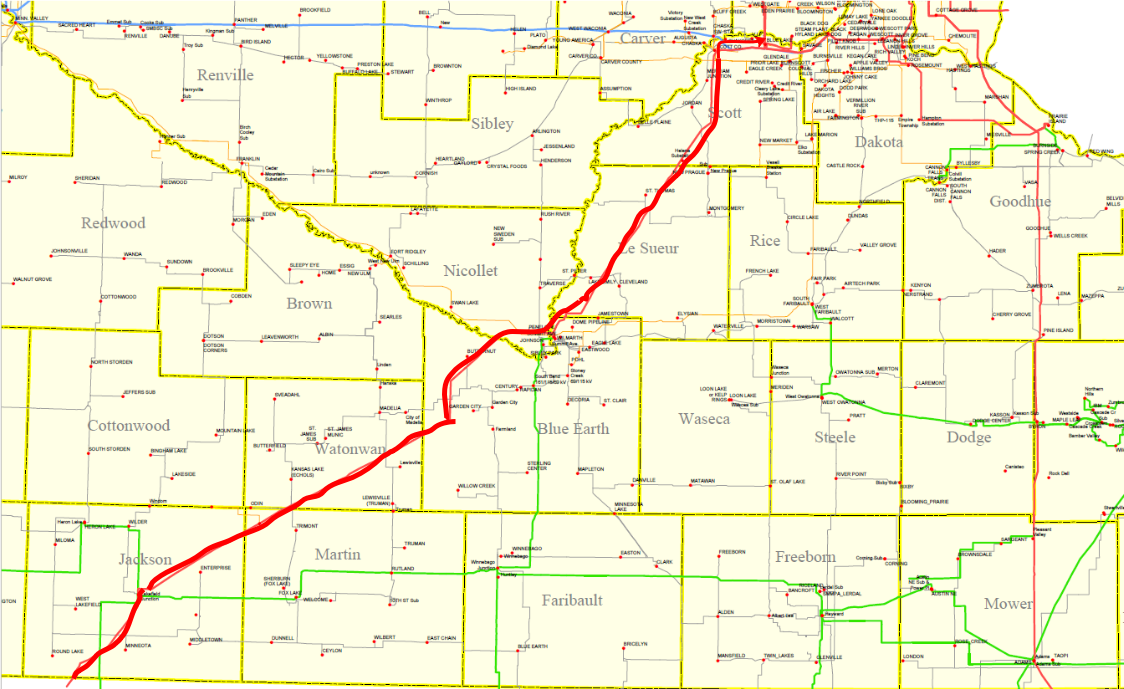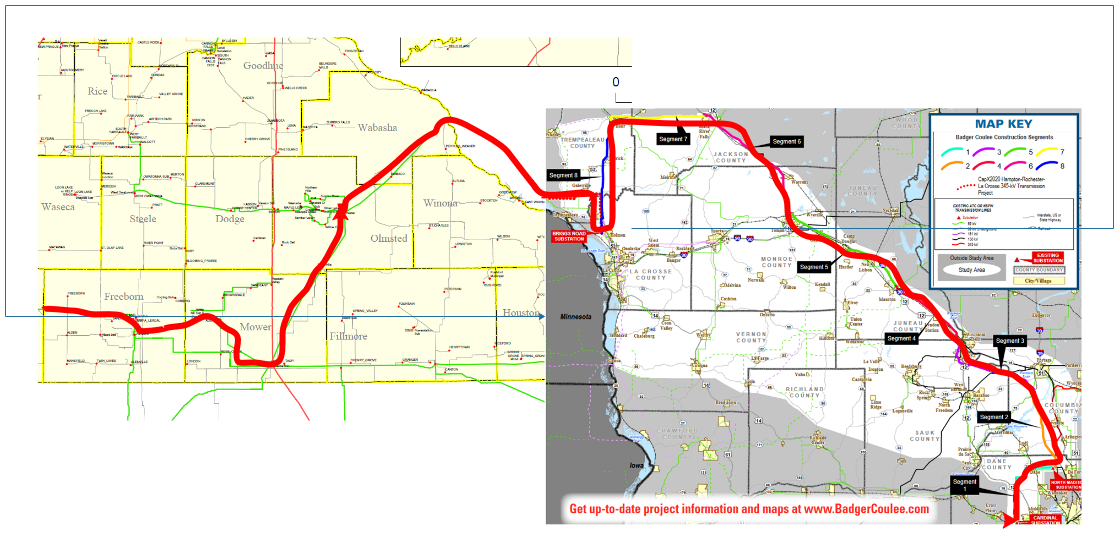
God, it’s great to be back writing again. On that note, here is a quote, “There’s an old saying: Everyone wants to go to heaven, but no one wants to die.” I’ve been under a rock all my life because I had never heard that one. It’s the opening line to this NIMBYism and grid modernization article. This subject, ironically, is one of the very first ones I wrote about over ten years ago in Renewable NIMBY.
According to the article coopted by Energy Central and written by ersi (what it stands for is anyone’s guess), and references the DOE, grid modernization is “resilient, reliable, affordable, sustainable, flexible and secure.”[1] He forgot “clean” in that list, or maybe the DOE or Energy Central forgot it. Yes, he goes on to say no one wants to look at transmission systems, substations, windmills, or acres upon acres of solar panels.
And no one wants to pay for it.
Some things never change. Ten years ago, this is what I wrote about customer “demands” of their utilities – for a utilities 101 training course.
Customers want energy with:
- No emissions
- No additional infrastructure – poles, wires, and power plants
- No coal
- No nukes
- No wind turbines
- No solar plants
- With 100% reliability 24/7/365
For free.
Furthermore, the author notes what I will, uh, embellish a little, that more than anything, people like to whine. They want better airports, roads, freeways, cheap, carbon-free, and renewable energy from unicorn farts. However, they don’t want to pay for the creatures, their high fiber diet, or look at or smell their presence. Thank goodness for farmers because the bratwursts and sausages people enjoy from sea to shining sea originate from a stench that someone, somewhere endures at this very minute.
A Recent Local Example
At about the time I originated my bullet list above, the Badger Coulee transmission project, and the CapX2020 projects were being hotly repelled by green groups right here in La Crosse. “We don’t need it,” they said. “It’s unnecessary.” In a way, they were correct. One thing the project does is provide a pipeline for power from the wind farms of the Dakotas, western Minnesota, and Iowa to population centers in Southeast Wisconsin and Chicago. I understand their point – you yokels deal with this electricity superhighway cutting through your neighborhood to the benefit of sellers in the frozen tundra, the utilities that own them, and the elites in the big city on the other end.

As an energy nerd driving the four and two-lane corridors in the region, I can see the balance of politics and money shape the route of these energy superhighways. Consider one route of new transmission piping wind energy from Timbuktu (western Minnesota and Iowa) to Madison, Wisconsin. Maybe the CapEx2020 protestors were effective – at a high cost. Not in my back yard! Look at that Byzantine route for the transmission project, outlined by me! My word!
Times Have Changed
This is in contrast to fifty years ago when we were watching Gumby and never heard of NIMBY. The transmission line below from that era cut across our farmland where I originated. It connects power plants on the Missouri River to the Twin Cities. Back then, the shortest distance between two points was a straight line. Now the shortest distance includes heavy doses of protest, money, and politics.

Grid Mod Risk
The following excerpt from the EnergyCentral / esri article triggered this post. After the protests against transmission and substations, delays, and uncertainty of these grid modernization improvements, “careers are at risk. There is so much political and physical capital involved that the stakes are huge. The process then turns into a win-lose situation. The project goes ahead; the folks with the objections lose. The project is delayed. The mission never materializes. The proponents lose big time.”
Forgotten Efficiency and Demand Management
This makes me think, once again, that efficiency and demand management is not considered in the resource mix. The question has always been, how do we power customer needs as inexpensively as possible, and lately, with renewable energy? It’s all supply, supply, supply when the greenest, cheapest, most equitable, and most attractive solution from a visual and financial perspective is efficiency and demand management.
We, as in you, reading this blog, need to work on legislators, so they understand demand-side management is a resource. If the cost to provide efficiency and demand reduction is less than providing electrons and power, and it is by a factor of ¼, do it!
It is more equitable because beneficiaries (customers), rather than everyone else, pay most of the cost. It is less risky and unsightly. It is less disruptive to beautiful areas. It costs less!
[1] Let’s give credit where credit is due.





